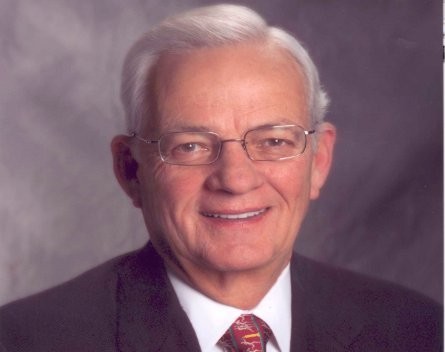
Imagine you were an investor in the largest but then struggling aluminium company in the world. What would you decide to do if you heard this start of the first speech of Paul O’Neill the new CEO:
I want to talk to you about worker safety. Every year, numerous Alcoa workers are injured so badly that they miss a day of work. Our safety record is better than the general American workforce, especially considering that our employees work with metals that are 1500 degrees and machines that can rip a man’s arm off. But it’s not good enough. I intend to make Alcoa the safest company in America. I intend to go for zero injuries.
According to Charles Duhigg in The Power of Habits, if you are like many of the investors and advisors who heard that speech, you would run for the exit door, pick up your phone and shout SELL!
Who wants to invest in a company where the theme is worker safety? Would you trust your client’s investment money to an ex-public service bureaucrat who has not mentioned in his first speech anything on profits, taxes, synergies or any similar buzz word?
Keystone habits
According to Duhigg those who held their shares saw them multiply five times in value during O’Neill’s tenure plus obtained a 100% return on dividends.
O’Neill is a master at identifying a “keystone habit” and he made a strategic bet that if he solved the worker safety problem and all its associated bad habits, profitability would soar. And it did.
Chain reaction
The process of overcoming a bad keystone habit can trigger a chain reaction of positive consequences far beyond the expected outcome.
O’Neill had done this before – For instance a drop in the child mortality rate in the US by 68% came from his changes in how/what teachers learnt in their college years! Similarly, to achieve zero injuries in Alcoa’s plants many fixes needed to fit in place.
For instance, while not necessarily foreseen or singled-out at the outset, the target for zero injuries led to well-maintained smelters. When well maintained (or even replaced), smelters do not spit as often. This reduced workers injuries and related downtimes, not to mention saving on lost metal … All these benefits went directly to the bottom line.
Can you identify a bad keystone habit in your business that is leading to a number of symptoms affecting your bottom line?
Read my Hands-off report and appreciate how many business issues (high stress levels, lower quality of work, non-engaged employees, high reliance on key personnel, etc) can all stem from one core problem.
I will be covering more on how you identify your core business problems. But for now, know that it pays to sit back and think about your business issues and get to know how they are connected.


COMMENTS
SmartCompany is committed to hosting lively discussions. Help us keep the conversation useful, interesting and welcoming. We aim to publish comments quickly in the interest of promoting robust conversation, but we’re a small team and we deploy filters to protect against legal risk. Occasionally your comment may be held up while it is being reviewed, but we’re working as fast as we can to keep the conversation rolling.
The SmartCompany comment section is members-only content. Please subscribe to leave a comment.
The SmartCompany comment section is members-only content. Please login to leave a comment.